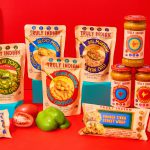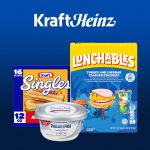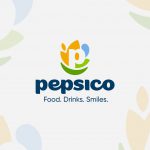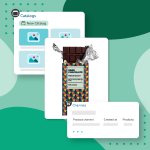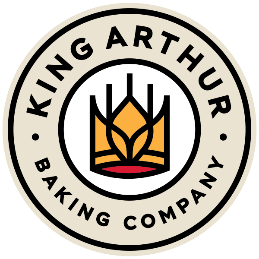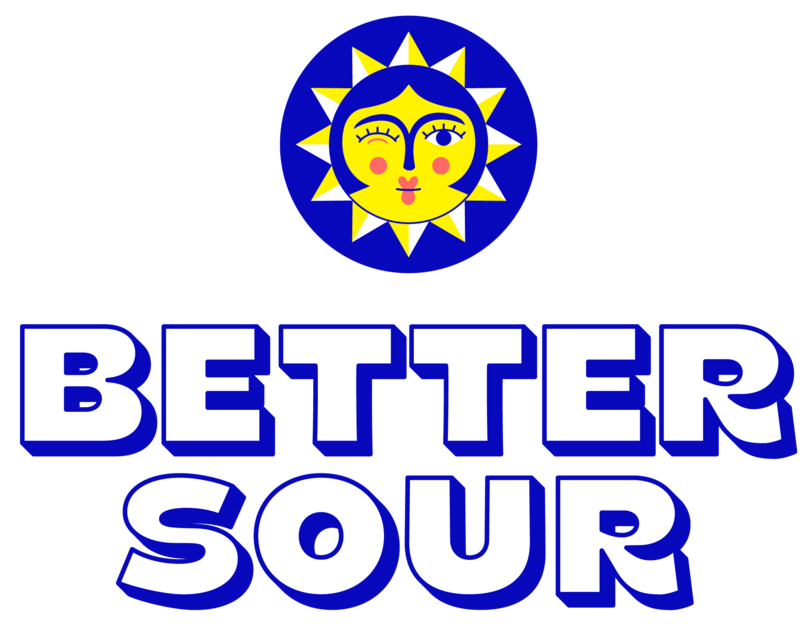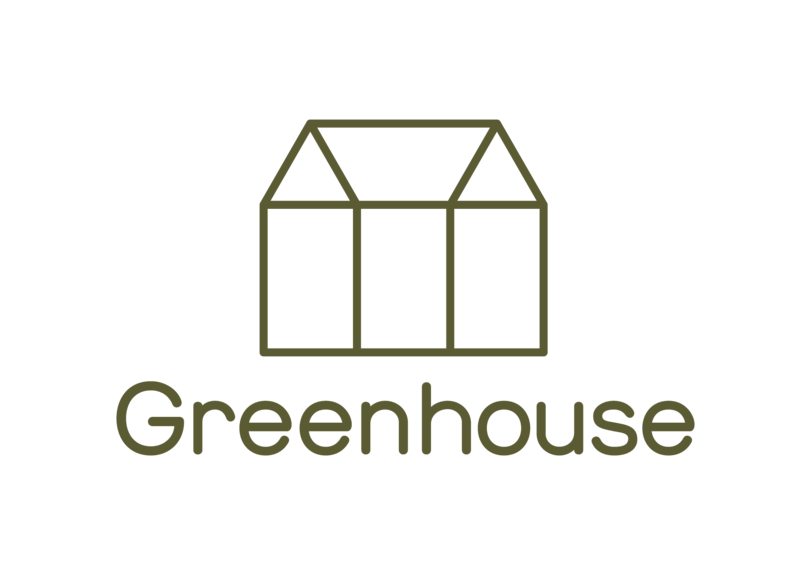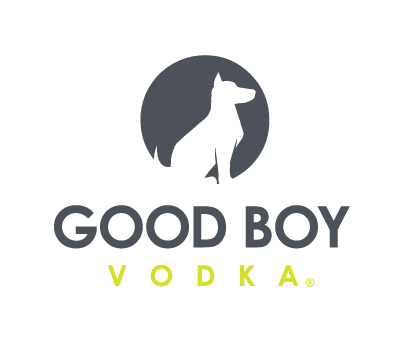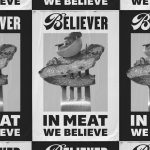Pop Up Grocer Evolves Business Model With Permanent NYC Outpost
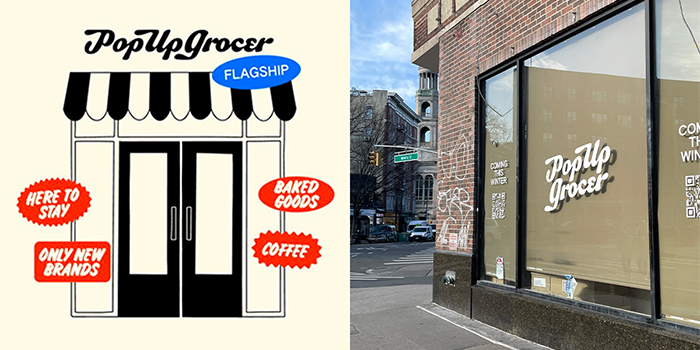
As Pop Up Grocer’s (PUG) business has evolved, its goal to merge spontaneous new product discovery and grocery shopping has remained at the forefront.
On March 3, PUG will open the doors to its first, permanent home, located at 205 Bleecker St in Manhattan. The new 1,500 square-foot storefront will feature a rotating selection of brands, including Ghia, OffLimits, Siesta, and Whipnotic; a cafe, stocked initially with Chamberlain Coffee; and baked goods from local business, Librae. The opening also marks the return of its online, direct-to-consumer Pop Up Box business.
The long term lease won’t replace the company’s pop-up model either, said PUG founder and CEO Emily Schildt. Instead, the NYC storefront will serve as the brand’s home base and headquarters as it continues to activate Pop-Up Grocery stores across the country.
“We’re so excited to test the thesis of [whether] we can still be that buzzy, discovery, events experience and a complimentary grocery haul destination for people who want to shop with us more regularly,” Schildt explained.
Founded in 2019, PUG has held five popups in locations including Denver, Miami and Los Angeles with its previous activations operating for a maximum of 90 days.
The pop-ups thus far have been profitable and funded the business up until this point, according to Schildt; however, she noted the company raised capital in 2021 with the intent of opening a permanent store. Pop Up Grocer declined to comment further on its fundraising history; however, according to Pitchbook, the company closed a $3 million seed round, led by Cambridge Way Ventures and Spacestation Investments, in September 2021.
Like its temporary locations, PUG’s NYC flagship will have between 100 to 150 SKUs displayed at any given time, a number Schildt believes make it inherently easier for consumers to discover new products compared to the overwhelming aisles of a traditional grocery store. Brands pay an initial showcase fee to make it on shelf, in addition to contributing a portion of total revenue from its sales at PUG. According to Schildt, the showcase fee is meant to reflect the value of the space.
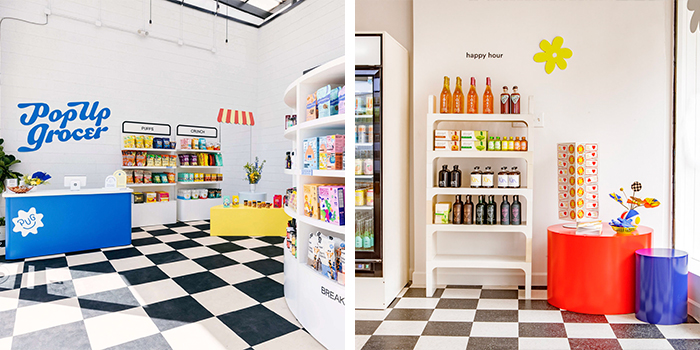
Schildt declined to detail exact costs for brands to take part, which some have pegged at around $2,400 for a three month commitment.
“While it might seem like marketing mumbo jumbo to some people, it really is different from a slotting fee or what it costs to get on [grocery store] shelves,” she said. “We hope through [PUG, consumers] have a more tangible, intimate, memorable experience of those products for the first time… you need to talk to someone in person and have them explain it to you, attest to the fact that it actually tastes good and show that it’s not just for like, hippie people in Los Angeles.”
Diverging from the typical grocery store playbook with buyers and category managers, PUG’s lean team has a single member dedicated to sourcing brands. Products are featured around the store in eye-catching displays and on a variety of structures designed to serve as shelves. According to Schildt, the stores stock products across about 10 categories and that unlike traditional grocery, which looks for products that fit within preset categories, PUG creates categories around the products it finds out in the world.
“We really want to be that place that is human-centric, discovery-centric and hopefully not as widely available as say Foxtrot, 7-Eleven or some of these convenience destinations,” she explained. Schildt did note that PUG hopes to open additional, long-term locations in key markets in the future.
Chamberlain Coffee and Librae, a female-owned Bahraini bakery in New York, will provide the cafe fare, though both of those partners will also rotate, likely on a quarterly basis. Like fellow experiential retailer Neighborhood Goods, Schildt hopes to one day merge the cafe and bakery offerings with the on-shelf offerings, but for now PUG is focused on learning how to operate a cafe and store simultaneously.
“Through the whole experience of Pop-Up Grocer, we envision every aspect to be about bringing the products that are on shelves to life,” explained Schildt. “Introducing a food and beverage concept will allow us to do that.”
Eventually, some Pop-Up products will be “permanent until they are no longer wanted,” making the store more inviting to everyday shoppers. Those in-store staples will make up about half of the location’s offerings in due time, Schildt said.
Re-joining the company’s operations as a permanent offering: The Pop-Up Box. Originally launched at the onset of the pandemic, the Pop-Up Box is available online for $39 and includes between six to eight items from any PUG store. Schildt explained that the NYC store will now serve as PUG’s warehouse, allowing the company to offer the consistent space to store inventory when it did not have an active pop-up location, but now the boxes year-round, and on subscription. Previously the company did not have a consistent space to store inventory when it did not have an active pop-up location.
But that all starts in NYC, a city that Schildt chose because it offers equal opportunities to both PUG brands and residents of the Big Apple. She claims that between both groups, the demand for one another is mutual and never ending.
“For [brands] to have exposure to this market, to trial things here – it’s the sphere of influence,” she said. “You could get [your brand] into the hands of the head of emerging brands at Whole Foods or a celebrity figure… For consumers, it’s the head of creativity, early adopters and those that [mark] the start of culture in many ways. I think this concept is just so right for [these consumers] to meet their needs.”

